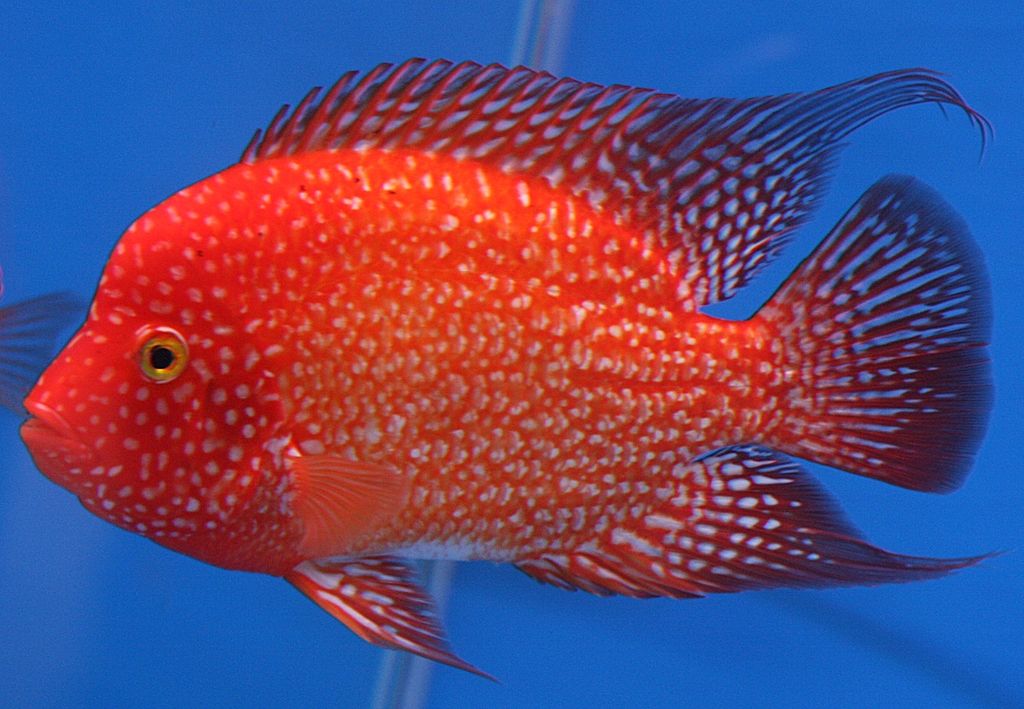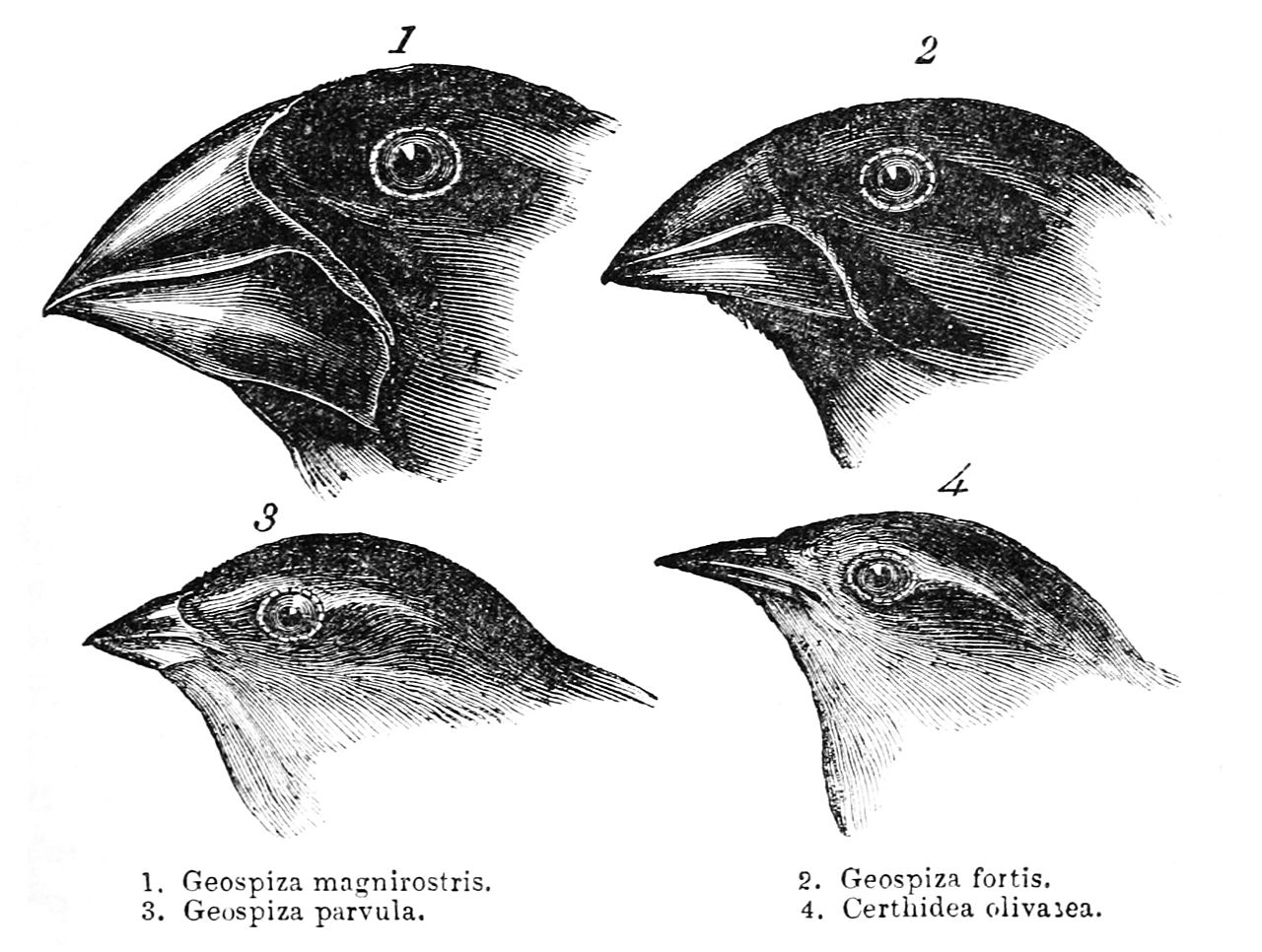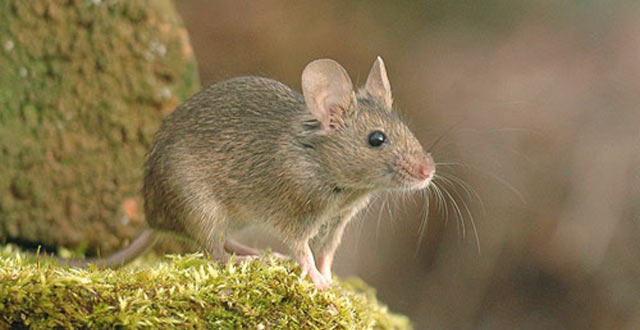Evidence Of Evolution In Action: 3 Examples Of Speciation
In the modern world, there can’t be many scientific theories that face as much public criticism as evolution.
Despite strands of evidence from multiple disciplines coalescing to sing the same tune of monkey to man, evolution is still panned in certain circles.
The idea that all the critters we have on earth today (and more) started off as single cells and slowly morphed into the current selection is simply too much for some folks to chew. That’s fair enough, I get that. It does sound pretty bonkers at first listen, but, when multiple lines of research all point in the same direction, you have to give it thorough consideration.
The fossil record, groundbreaking genetic science, comparative anatomy, it all adds up to evolution. Like it or lump it, the theory is here to stay and only getting stronger.
One of the most common arguments against evolution is that you can’t see it in action. If you are debating evolution, you might point to the example of the peppered moth — a species that changed colour in response to its rapidly changing environment. This will not be enough though, people want examples of one species turning into another species, which is referred to as speciation.
Unsurprisingly, most people, even fans of evolution (like myself) might falter here. Evolution is a slow process, and we’ve only been watching it play out for a century or so, which means we are not likely to have observed many examples. But it is still frustrating that you can’t just fling out some examples… or so I thought.
In fact, examples of one species evolving into another have been documented to occur over fairly short frames of time. So, next time you are debating on the topic, you might want to bring up one or two of the following examples.
What Constitutes A Species?
We all know that a lion and a tiger are different species. How do we know that? Well, they look different. However, some species of insect, for instance, look very similar indeed, but they are still classed as different species. How so? In general, if two populations of animals become so different that they cannot breed, it is generally defined as speciation.
So, those two weird looking beetles might look the same, but if they can’t be coerced into mating, and one has a slightly smaller weird thing on his head than the other one, they’re classified as different species.
This inability to mate makes splitting species apart nice and simple, but nothing is ever that simple. We’ve all seen the result of a donkey and a horse mating — a mule or hinny, depending on who’s on top. Also, polar bears have been known to mate with other bear species and a tiger mating with a lion can produce a tigron or a liger.
So, the concept of “species” is not rock solid, and, unsurprisingly, because it is a human concept, it doesn’t fit the sprawling maze of nature. Each species’ genes are constantly shifting, so there are bound to be grey areas. And because each creature shares certain aspects of anatomy, physiology, and genetics, the overlap between “species” is not so surprising.
Examples of Speciation Events
Most of the following cases are neither dramatic nor jaw-dropping, but they are what they are — examples of evolution at work. The fact that they are not dramatic should be no surprise considering the slow nature of evolution and the rapidly ticking clock of human existence:
1) The Faroe Island Mice
Mice only made it over to the ragged, weatherbeaten Faroe Islands relatively recently. The mice hitched a ride with humans, as per usual, and came over in a series of waves, the earliest of which was probably with either the Vikings or Irish monks.
Over time, the mice gradually evolved into distinct sub-species. Individuals living on islands which are particularly isolated show only a small amount of genetic variation within the population, those who live on well-connected islands have a more varied gene pool to draw from.
Some of the mice have developed into sub-species (e.g. Mus musculus faroeensis and Mus domesticus mykinessiensis). Debate continues as to whether they should be considered new species or sub-species continues, but they have changed enough, anatomically and genetically, for it to be a close call.
2) Goatsbeard
Three species of wildflowers, dramatically named goatsbeards, were introduced from Europe to America in the early 1900s.
After a few decades, their populations expanded and they began encroaching on one another’s turf. Whenever these mixed populations appeared, the species interbred (called hybridizing) and produced sterile hybrid offspring (like the mules produced from donkeys and horses).
That was until the late forties, when two brand new species of goatsbeard appeared near Pullman, Washington. Although the new species looked very similar to the hybrids, they produced fertile offspring. Evolution had created a new species that could reproduce, but that could not mate with the goatsbeard plants from which it evolved.
Evolution naysayers aren’t keen on this example, because, rather than genetic changes occurring to create a new organism, this particular change relied on polyploidy — a doubling up of the current DNA. Therefore, because no new genetic information was created, evolution deniers will not count this as a “win” for evolution.
However, a new species that cannot mate with the original species was indeed created. So it is what it is. A new species was born, thanks to evolution.
3) Lake Victoria Cichlids

Red Texas cichlid – these guys live in America rather than Lake Victoria, but they’re lovely looking aren’t they?
Cichlids are one of the largest vertebrate families, boasting at least 1,650 species. Around 500 of these species occur in Africa’s huge Lake Victoria. And, the amazing thing is, these guys have speciated in just a few hundred to a few thousand years.
The fish of Lake Victoria and others, like Lake Malawi, are important for evolutionary researchers; these fish have changed so rapidly and completely, and there are few places on earth where evolution can be viewed playing out at such speed.
So what’s driving these changes? The full picture will be a difficult one to unpick, but one theory looks at the way in which light penetrates water at different depths and through water that differs in clarity.
Researchers have demonstrated that P. nyererei females from areas of Lake Victoria with clear waters were choosier and much preferred brightly colored males. However, females from cloudier regions of the lake were much less choosy and far more likely to put up with more dowdy looking males.
Although this may be only part of the picture, it demonstrates how even a subtle change in the environment can cause enough genetic drift to produce species whose coloration and behaviour are wildly different.
–x–
The three tales above are not the only examples. Read more from other sources here, here, and here.
Do I think these examples will win an argument in defense of evolution? No, I don’t think so. People who are vehemently against evolution aren’t really debating the facts, it is more often an argument based on esoteric and spiritual points of view, and those aren’t so easy to provide evidence for either way.
MORE ON EVOLUTION:
TROGLOBITES: STRANGE CAVE DWELLERS




















